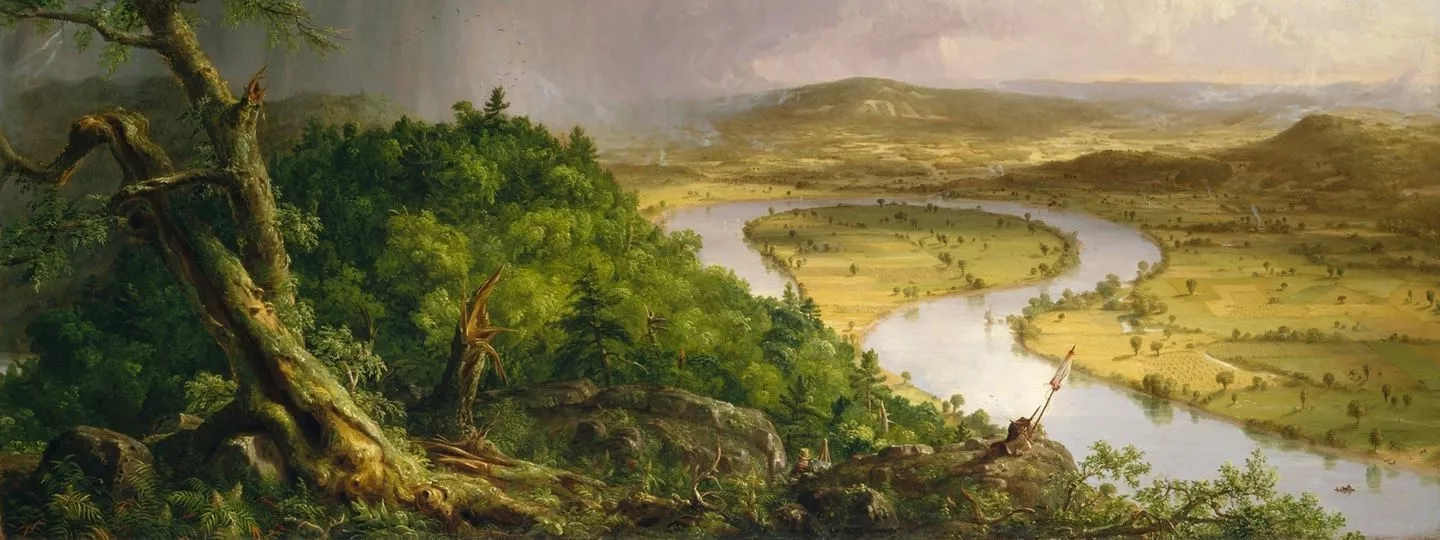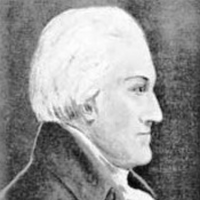
Henry Livingston
Henry Livingston, Jr. (October 13, 1748 - February 29, 1828) has been proposed as being the uncredited author of the poem “A Visit from St. Nicholas”, more popularly known (after its first line) as “The Night Before Christmas.” Credit for the poem was taken in 1837 by Clement Clarke Moore, a Bible scholar in New York City, nine years after Livingston’s death. It wasn’t until another twenty years that the Livingston family knew of Moore’s claim, and it wasn’t until 1900 that they went public with their claim. Since then, the question has been repeatedly raised and argued by experts on both sides.
Henry Livingston, Jr. (October 13, 1748 - February 29, 1828) has been proposed as being the uncredited author of the poem “A Visit from St. Nicholas”, more popularly known (after its first line) as “The Night Before Christmas.” Credit for the poem was taken in 1837 by Clement Clarke Moore, a Bible scholar in New York City, nine years after Livingston’s death. It wasn’t until another twenty years that the Livingston family knew of Moore’s claim, and it wasn’t until 1900 that they went public with their claim. Since then, the question has been repeatedly raised and argued by experts on both sides.
In 2000, Professor Don Foster made a strong case for Livingston’s authorship, while Professor Stephen Nissenbaum and manuscript dealer Seth Keller, who had owned a Moore manuscript copy of the poem at the time of Foster’s book, argued for Moore. Fifteen years later New Zealand scholar and Emeritus Professor of English Literature MacDonald P. Jackson invested over a year of research statistically analyzing the poetry of both men. His conclusion: “Every test, so far applied, associates ”The Night Before Christmas" much more closely with Livingston’s verse than with Moore’s.”
Biography
Livingston was born on October 13, 1748, in Poughkeepsie, New York, to Henry Livingston, Sr. and Susannah Conklin.
In 1774, Livingston married Sarah Welles, the daughter of Reverend Noah Welles, the minister of the Stamford, Connecticut Congregational Church. Their daughter Catherine was born shortly before Livingston joined the army on a six months’ enlistment. In 1776, their son Henry Welles Livingston was born; the child was fatally burned at the age of fourteen months and, when another son was born, he was given the same name, according to the common practice of necronyms. Livingston farmed. Sarah died in 1783, and the children were boarded out. During this period Livingston began writing poetry.
Over the next ten years, Livingston was occupied with poetry and drawings for his friends and family, some of which ended up in the pages of New York Magazine and the Poughkeepsie Journal. Although he signed his drawings, his poetry was usually anonymous or signed simply “R”.
Ten years to the day after Sarah’s death, Livingston remarried. Jane Patterson, at 24, was 21 years younger than her husband. Their first baby arrived nine months after the wedding. After that, the couple bore seven more children. It was for this second family that Henry Livingston is believed by some to have written the famous poem known as “A Visit from St. Nicholas” or “The Night Before Christmas”.
This famous Christmas poem first appeared in the Troy Sentinel on December 23, 1823. There seems to be no question that the poem came out of the home of Clement Moore, and the person giving the poem to the newspaper, without Moore’s knowledge, certainly believed the poem had been written by Moore. However, several of Livingston’s children remembered their father reading that very same poem to them fifteen years earlier.
As early as 1837, Charles Fenno Hoffman, a friend of Moore’s, put Moore’s name on the poem. In 1844, Moore published the poem in his own book, Poems. At multiple times in his later life, Moore wrote out the now famous poem in longhand for his friends.
Dispute over authorship
Because the poem was first published anonymously, various editions were for many years published both with and without attribution. As a result, it was only in 1859, 26 years after the poem first appeared in print, that Henry’s family discovered that Moore was taking credit for what they believed to be their father’s poem. That belief went back many years. Around 1807, Henry’s sons Charles and Edwin, as well as their neighbor Eliza (who would later marry Charles) remembered their father’s reading the poem to them as his own. Following their father’s death in 1828, Charles claimed to have found a newspaper copy of the poem in his father’s desk, and son Sidney claimed to have found the original handwritten copy of the poem with its original crossouts.
The handwritten copy of the poem was passed from Sidney, on his death, to his brother Edwin. However, the same year that the family discovered Moore’s claim of authorship, Edwin claimed to have lost the original manuscript in a house fire in Wisconsin, where he was living with his sister Susan.
By 1879, five separate lines of Henry’s descendants had begun to correspond among themselves, trying to compare their family stories in the hope that someone had some proof that could be brought forward, but there was no documentation beyond family stories. In 1899, even without proof, Sidney’s grandson published the first public claim of Henry’s authorship in his own newspaper on Long Island. The claim drew little attention.
In 1920, Henry’s great grandson, William Sturgis Thomas became interested in the family stories and began to collect the memories and papers of existing descendants, eventually publishing his research in the 1919 issue of the Duchess County Historical Society yearbook. Thomas provided this material to Winthrop P. Tryon for his article on the subject in the Christian Science Monitor on August 4, 1920.
Later, Moore descendants arranged to have an elderly family connection, Maria Jephson O’Conor, depose about her memories of Moore’s claim of authorship.
On independent grounds, Don Foster, Professor of English at Vassar, has argued that Livingston is a more likely candidate for authorship than Moore. Foster’s claim, however, has been countered by document dealer and historian Seth Kaller, who once owned one of Moore’s original manuscripts of the poem. Kaller has offered a point-by-point rebuttal of both Foster’s linguistic analysis and external findings, buttressed by the work of autograph expert James Lowe and Dr. Joe Nickell, author of Pen, Ink and Evidence. There is no proof that Livingston himself ever claimed authorship, nor has any record ever been found of any printing of the poem with Livingston’s name attached to it.
References
Wikipedia—https://en.wikipedia.org/wiki/Henry_Livingston,_Jr.


